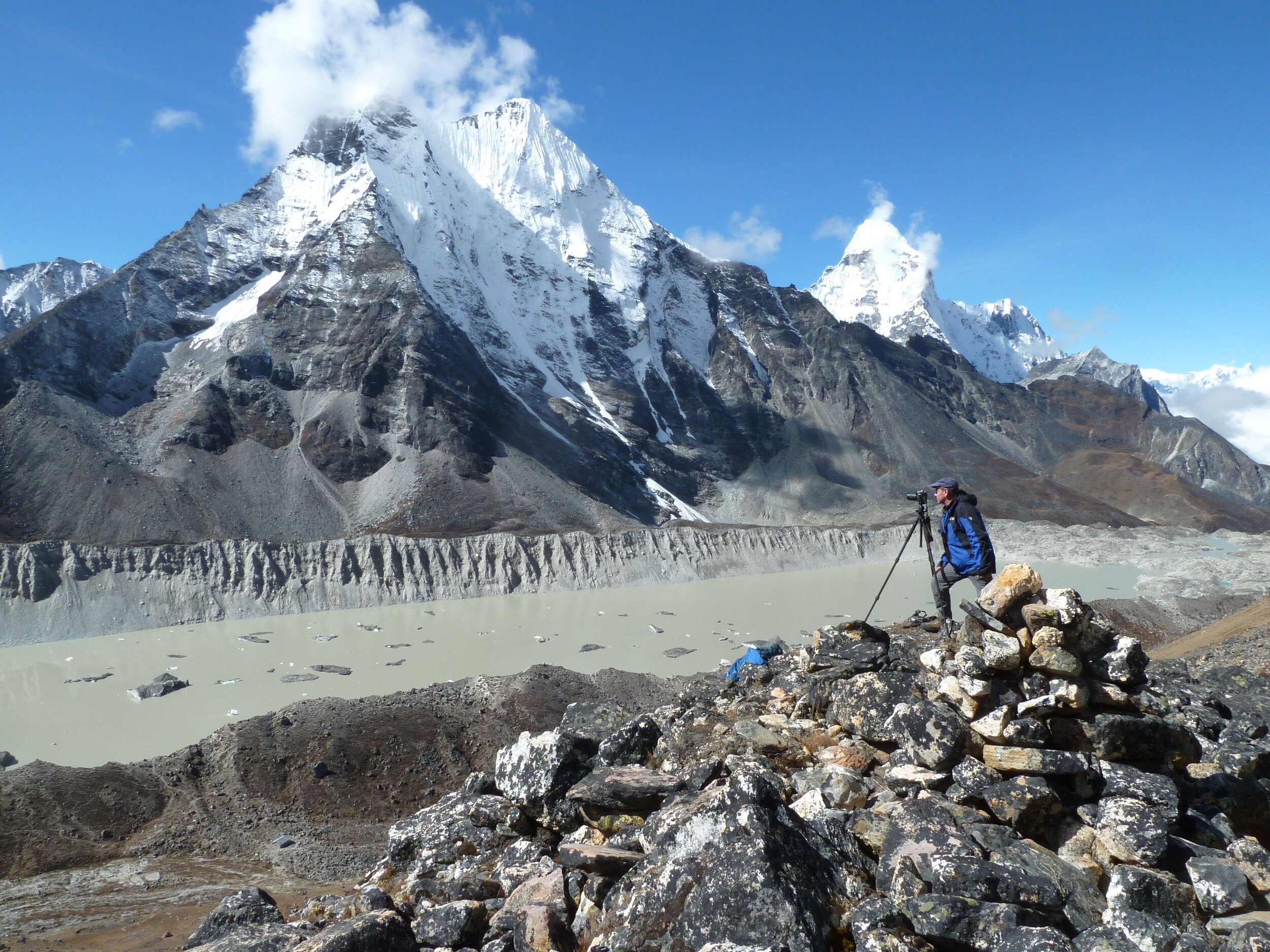
A Beacon of Hope in a Fast Changing Climate
Elizabeth Byers
The Problem
The Gokyo Lakes, the highest freshwater lakes in the world - Elizabeth Byers
Climate change is impacting every aspect of life in the Himalayas. Ancient glaciers are disappearing at an unprecedented rate. Erratic weather and increasing temperatures are threatening the livelihoods of entire communities and the survival of species. On a continental scale, climate change poses an imminent, existential threat to the great rivers of Asia that flow from the Himalayas, with life-altering consequences for the nearly two billion people who depend on their water. Despite the clear need for action, mitigation efforts are hampered by a severe lack of environmental research in the region.
This absence of data has global implications. The Himalayas are warming at three times the global rate. By researching climate dynamics in the world’s highest range, we discover that global climate change often has surprising local effects. HCSI’s practical findings help inform policymakers around the world better understand how their own regions will be affected, preparing leaders to meet the challenge of accelerating climate change.

“The Age of Climate Decision is here and our actions will define the course of civilization, our health, and the health of the planet”
Paul Mayewski, Director of the Climate Change Institute
The Mission
The Himalayan Climate & Science Institute has a dual mission: HCSI advances critical research and climate adaptation through supporting scientific capacity and economic development in Nepal.
By developing close partnerships between Himalayan communities and world-renowned scientists, HCSI furthers globally relevant science while bringing employment and training to traditionally marginalized communities. HCSI also fosters international cooperation and innovation by bringing together a collaborative network of universities, NGOs, community groups, and governmental institutions.

Science with Local, Regional, and Global Benefits
Photo of snowy Himalayan forest and of Phortse community members processing during Dumji provided by Steve Mock

